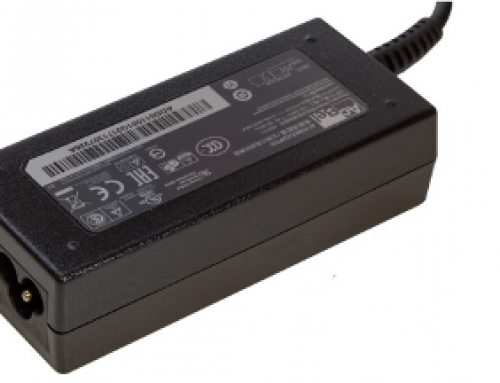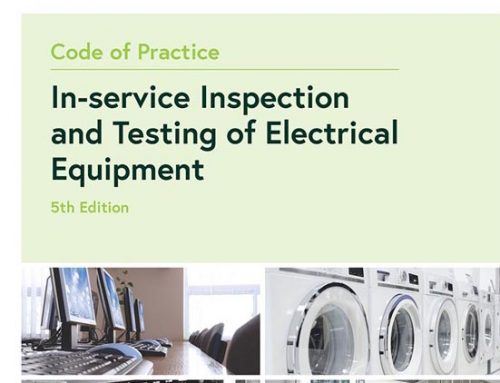Scope of the New Code of Practice – What Exactly Should We Be Able to Test?
Guidance Note 03/2020
Guidance Note for PATTA Members, Duty Holders and the Public
What Exactly Should We Be Able to Test? We’ve been contacted by a few people recently with queries about what items you should check if you carry out PAT Testing. There are a lot of conflicting opinions around at the moment, and the purpose of this document is to attempt to clear up some of the confusion.
The Code of Practice for In-Service Inspection and Testing (CoP), recently updated by the Institute of Engineering and Technology (IET) gives information and guidance for people testing a whole range of electrical equipment; the section on ‘Scope’ gives details about what’s covered and what isn’t.
People who carry out Portable Appliance Testing (PAT Testing) perform a vital service for their employers, clients and customers, by checking their mains powered electrical items to see if they are safe.
Many items of dangerous and faulty electrical equipment are detected every day through the process of PAT Testing. Many accidents, injuries and fires are prevented when these items are taken out of use. Although there is often much debate about this topic, it is generally accepted in the industry that PAT Testing involves items which plug into the mains; it would include, for example, appliances such as kettles, computers and hand-held power tools, but wouldn’t include equipment which is hard wired into the installation such as alarm systems, wall heaters or air conditioning equipment.
There is some confusion around this issue, but we don’t consider it to be complicated. The Code of Practice covers a whole range of equipment, but PAT Testing is generally restricted to items which plug in. Just because the CoP covers a whole range of different equipment, test situations and environments, it is certainly NOT the case that someone who carries out PAT Testing as part of their work should automatically be able to inspect and test everything covered by the CoP. Furthermore, danger could arise if people are encouraged to test fixed equipment when they are not competent to do so correctly.
What Exactly Should We Be Able to Test?
If you are qualified in PAT Testing, either through a C&G 2377 course or a competency based PAT Testing course, then you should limit the work you do to items which are connected via a plug and socket. If you have undertaken additional training, such as ‘Safe Isolation Procedures’ then you may wish to carry out inspection and tests of some items of fixed equipment as well. However, you should only carry out this additional work if you are competent to do so, and if you are not, or do not feel confident isolating, disconnecting and reconnecting fixed electrical equipment, then you should not do so.
It has always been the responsibility of the Duty Holder to make sure that all electrical systems are maintained so that they remain in a safe condition. If there are items in the workplace which are hard wired into the main supply, the Duty Holder will need to consider the best way for them to be checked. If the PAT Testing Engineer is not competent in checking those items, then they might consider getting them checked at the same time as the electrical installation (EICR) or by employing a specialist contractor who is competent to safely isolate, test and reconnect those items.
All PATTA members are recommended to provide advice to the Duty Holder in this regard, but we certainly do not recommend that they attempt to inspect and test these items themselves unless they are competent to do so.
This is a brief overview – For more information please refer to the new Code of Practice or contact us via our website patta.co.uk
Sign up to be a member of the Portable Appliance Testing Trade Association to discuss the Code of Practice and other issues with fellow members in our private Facebook group.




